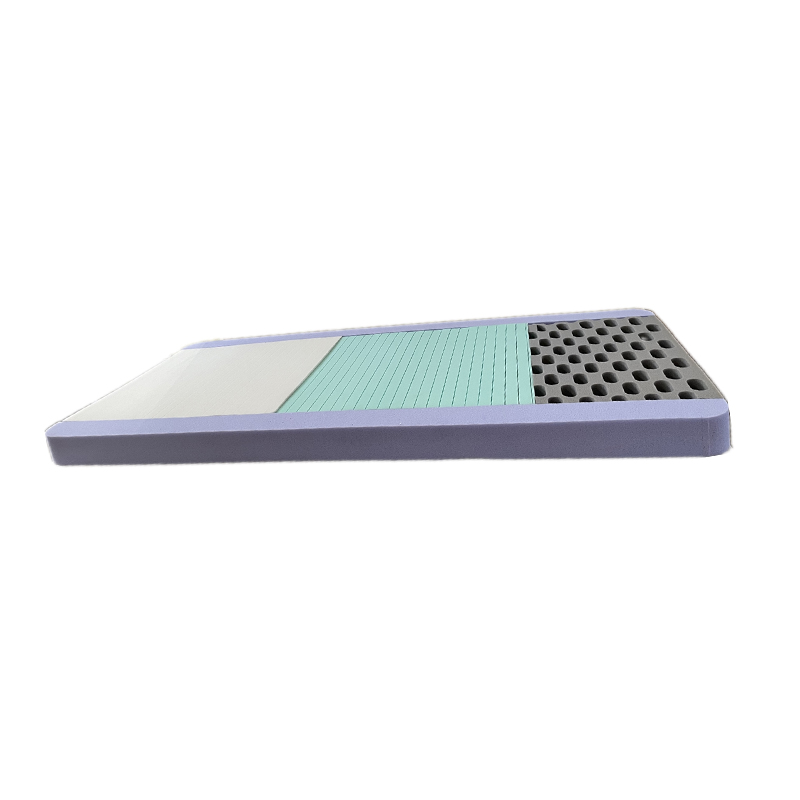Leading Supplier of Anti-Decubitus Mattresses for Global Export and Healthcare Solutions
The Global Market for Anti-Decubitus Mattress Exporters
In recent years, the healthcare sector has witnessed a significant surge in the demand for anti-decubitus mattresses, commonly known as pressure relief or therapeutic mattresses. This increase can be attributed to the growing aging population, higher incidences of chronic diseases, and the rising awareness regarding the prevention of pressure ulcers. Consequently, the role of anti-decubitus mattress exporters has become increasingly important in the global market.
Understanding Anti-Decubitus Mattresses
Anti-decubitus mattresses are specialized bedding solutions designed to alleviate pressure on the skin and underlying tissues. They are particularly crucial for individuals who are bedridden or have limited mobility, as they are at a heightened risk of developing pressure sores, also known as bedsores. These mattresses utilize various techniques, including air-filled cells, memory foam, and gel technologies, to redistribute pressure and enhance comfort for users.
Market Overview
As of 2023, the global anti-decubitus mattress market is projected to grow at a robust pace. The expanding elderly population, which is particularly susceptible to chronic conditions and mobility challenges, drives this demand. According to the United Nations, the number of people aged 60 and older is expected to exceed 2 billion by 2050, underscoring the urgent need for effective solutions to prevent pressure ulcers. Furthermore, the rise of home healthcare services has also contributed to the increasing uptake of anti-decubitus mattresses, with more patients seeking care in their homes.
The Role of Exporters
Anti-decubitus mattress exporters play a pivotal role in ensuring that healthcare facilities and individuals have access to these essential products. These exporters source their mattresses from manufacturers who adhere to strict quality standards, ensuring that the products meet therapeutic requirements while also being durable and cost-effective. Exporters facilitate the distribution of these mattresses to various regions, acting as a crucial link between manufacturers and healthcare providers.
anti-decubitus mattress exporter

Exporters must be well-versed in international regulations governing medical devices, as well as the unique needs of different markets. For instance, while some regions may prefer advanced, technologically-driven solutions, others may prioritize affordability and basic functionality. Understanding these dynamics allows exporters to tailor their offerings according to market demands.
Innovations in the Industry
The anti-decubitus mattress industry has seen significant innovations in design and technology. Advanced features such as alternating pressure systems, temperature control, and smart sensors that monitor a patient’s movements have emerged. Exporters who stay ahead of these trends can offer competitive advantages in their markets. Investments in research and development remain critical for manufacturers, and exporters who collaborate with innovative companies can bring groundbreaking products to global consumers.
Challenges Faced by Exporters
Despite the bright prospects of the anti-decubitus mattress market, exporters face several challenges. Regulatory compliance can be a complex process, varying significantly by country. Understanding and navigating these regulatory landscapes is essential for successful export operations. Additionally, logistics and supply chain issues can pose difficulties, particularly in times of global disruption, such as the COVID-19 pandemic.
Conclusion
The role of anti-decubitus mattress exporters is crucial to addressing the growing demand for advanced pressure-relief solutions in healthcare. With a focus on quality, innovation, and adherence to regulatory standards, these exporters can make a significant impact on improving patient outcomes worldwide. As the market continues to evolve, exporters who embrace technological advancements and stay attuned to consumer needs will be well-positioned to thrive in this competitive landscape.
-
Sleep Tracking Mattress Maintenance TipsNewsJul.22,2025
-
Mattress Wave Designs for People with ArthritisNewsJul.22,2025
-
Mattress for Back Pain and Spinal AlignmentNewsJul.22,2025
-
Hypoallergenic Properties of Silicone Gel MattressNewsJul.22,2025
-
How a Gel Memory Foam Mattress Regulates TemperatureNewsJul.22,2025
-
Doctors’ Recommendations on Special Mattress for Back PainNewsJul.22,2025
-
Customizing a Patient Bed Mattress for Specific NeedsNewsJul.22,2025

